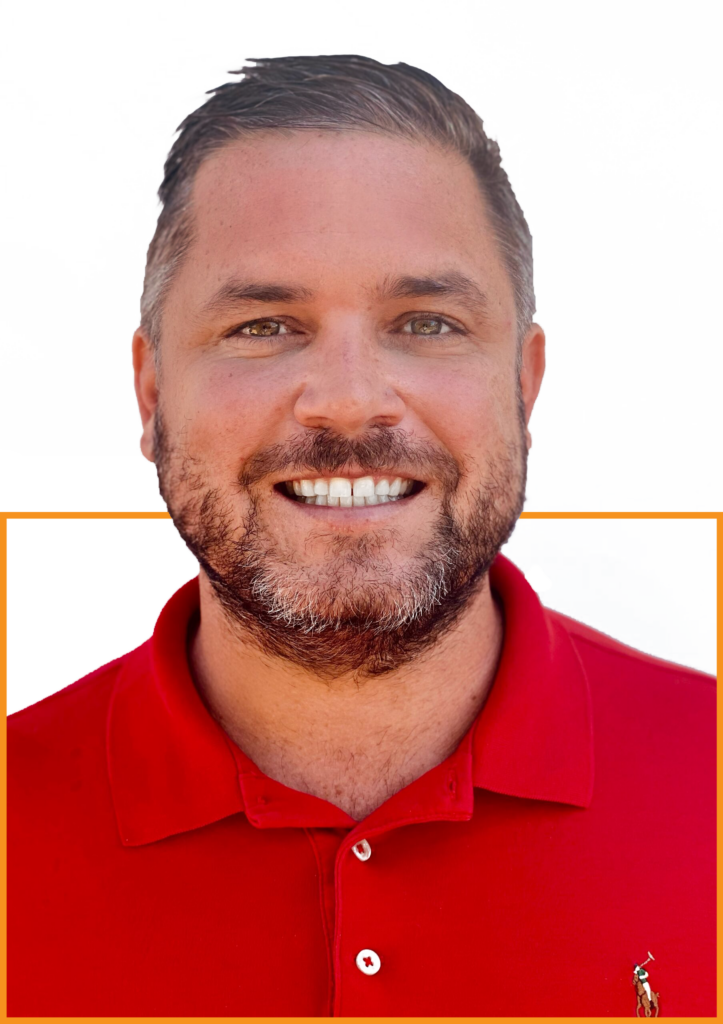No one who struggles with substance abuse sets out to become dependent on drugs. Substance dependence tends to happen slowly over time, often before someone realizes what is happening. Despite what the stigmatized narrative may have you believe, there is no one picture of what substance abuse looks like. Drug addiction can affect anyone.
This is especially true for drugs like opioids. These include substances like prescription painkillers, heroin, morphine, codeine, and fentanyl. Prescription painkillers have long been one of the most abused illicit drugs by a wide range of people. You can likely find a bottle of pills in medicine cabinets of homes on every block across the United States.
Those who struggle with painkiller abuse didn’t likely set out to become dependent, either. Oftentimes they started with a legitimate prescription for pain medication that progressed over time.
The mother who falls and breaks her foot chasing after her young child at the park.
The star of the high school football team who tears his ACL during the big game.
The father of four working a blue-collar construction job that led to chronic lower back pain.
Once dependence develops, some can recognize their problem and quit. However, many others lean into the gentle numbness that opioids offer. These individuals have a deeper problem on their hands. Opioid abuse and addiction are far more complicated topics than most people realize.
The Debilitating Cycle of Opioid Abuse
The dangers of opioid abuse and addiction are no secret. The United States is in the middle of a severe opioid crisis made worse by the effects of the global pandemic throughout the last two years. Knowing the often-fatal outcome of opioid abuse, why do people still use these drugs? What keeps people hooked on them?
Individuals who struggle with opioid addiction are not naïve, senseless, or unaware. They recognize the inherent risks that come with using opioids. There isn’t a person in the country who doesn’t recognize the perils of these substances, after all.
The cycle of opioid abuse is far more complicated than most are willing to admit. Despite the increased public awareness of substance abuse throughout the last decade, too many people still believe that it is a problem with willpower. They insist, “If someone wants to quit badly enough, they will. How could they not with all the clear reasons for needing to?”
This belief couldn’t be further from the truth. Sure, some people can quit and never look back without any assistance. But more often than not, people succumb to the destructive outcome of substance abuse rather than remain in recovery for much deeper reasons.
Opioid Abuse By the Numbers
That doesn’t keep people from using these drugs, though. According to the National Survey on Drug Use and Health, 9.5 million people report using opioids during the last year. This includes 902,000 people who used heroin and 9.3 million who used prescription pain relievers such as Vicodin, OxyContin, morphine, or fentanyl.
While any opioid use is harmful, occasional use that progresses into an opioid use disorder comes with even more uncertainty. The same survey shows that 2.7 million people had an opioid use disorder in 2020: 2.3 million people struggled with pain relievers, and 691,000 abused heroin.
Opioid abuse is not a stagnant problem, either. It grows year after year. Past data from sources such as the Centers for Disease Control and Prevention make it clear that opioids have permeated the illicit drug scene for decades. The NSDUH reveals that 103,000 people started using heroin, and 1.2 million people started using prescription painkillers in 2020 alone.
Extensive research supports the fear that the problem isn’t slowing down. Spreading knowledge about the harmful effects of opioids clearly doesn’t address the root of the problem. If it did, people would quit turning to these drugs. Why do so many start and continue using opioids?
What Makes Opioids So Addictive?
Opioids like prescription painkillers, morphine, heroin, and fentanyl are well-known for their high potential for addiction. When more than 75% of people who used heroin in the last year also meet the criteria for heroin use disorder, the addictiveness of these drugs is undeniable.
However, physical addiction only addresses one aspect of the problem. If physical dependence were the primary driving force behind substance abuse, you wouldn’t return to drugs after being away from them for a few weeks. Biologically speaking, the physical draw of drugs declines after completing detox. This means that the problem obviously sits further below the biological surface.
Truth is, some people turn to drugs for the same reason others turn to things like binge-watching Netflix, overeating, playing video games for hours, excessive promiscuity, or gambling: there are one or more unhealed inner workings at play.
Quitting heroin or fentanyl or painkillers doesn’t touch these fractured internal processes. It only removes your learned coping mechanism, leaving you more vulnerable than when you used drugs.
This explains why achieving physical sobriety but neglecting any further work keeps you trapped in the cycle of opioid abuse and addiction. The problem lies not in the substances you’re using but in the internal work you’re avoiding. The fear of acknowledging and working through these unhealed inner processes far outweighs the fear of the outcome of opioids.
Acknowledging the Unhealed Inner Workings
It isn’t easy to look at the painful experiences of your past. Acknowledging and revisiting trauma often sounds more excruciating than living a life plagued by opioid abuse. At least you can numb the impact of those situations when using drugs.
Fearing the work it takes to heal these inner workings is understandable. Sitting with the heavy emotional toll left by trauma is not an easy burden to bear. But a life centered around drugs holds you back from experiencing the fullness that life offers. If you want to finally find freedom from your struggles with opioid abuse, though, it must happen at some point.
That’s why I’m here. I want to ensure you never need to walk through the crippling emotions that come with unpacking your painful inner processes. Emerge Recovery exists to keep you from handling it all on your own like you’ve tried to do up to this point.
If you want to overcome your battle with opioid addiction, let’s talk. I’d love to talk with you about your current struggles, what you’ve tried, and where you’re at now. How can I help you get in touch with those parts that still sting when your mind settles on them? What would a life free from the grips of opioid addiction even look like?
I invite you to schedule a quick, private check-in call with me. There are no strings attached and nothing to commit to. I’d just like to find out whether your struggles are something we can work on together. If you’re interested in that, please find a time that works for you and we can set that up for you today!












